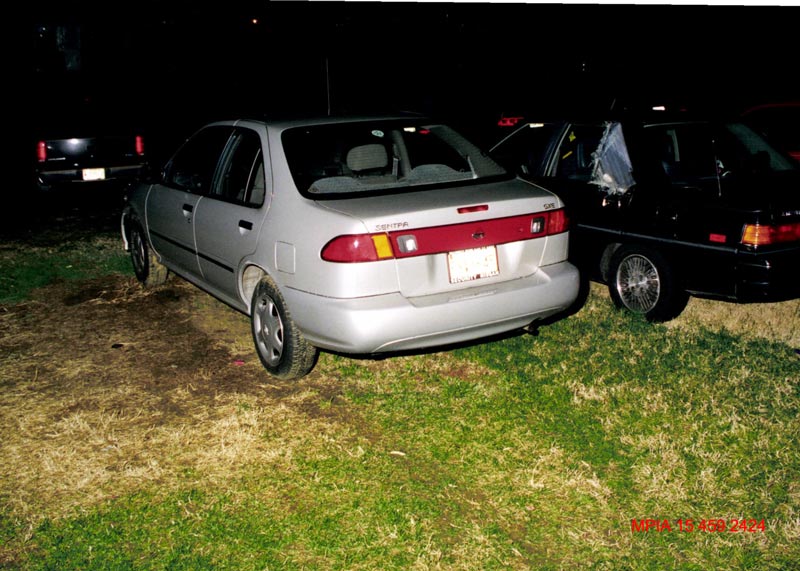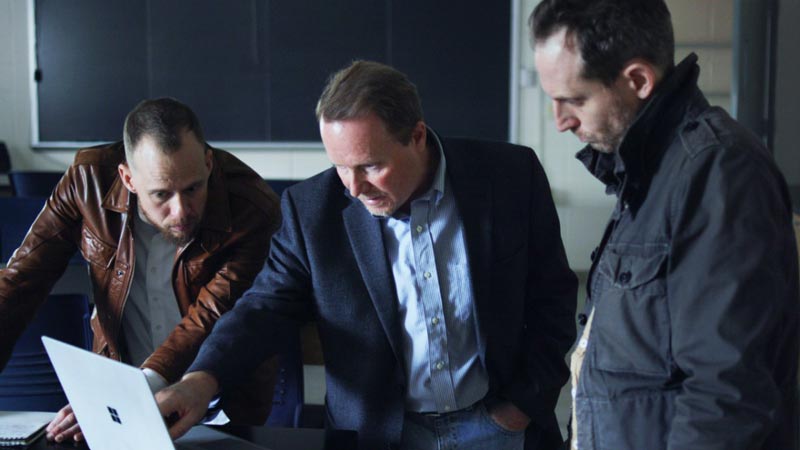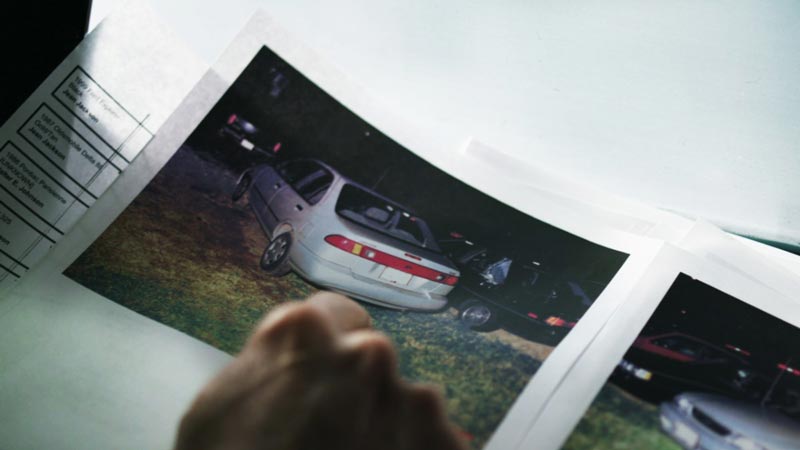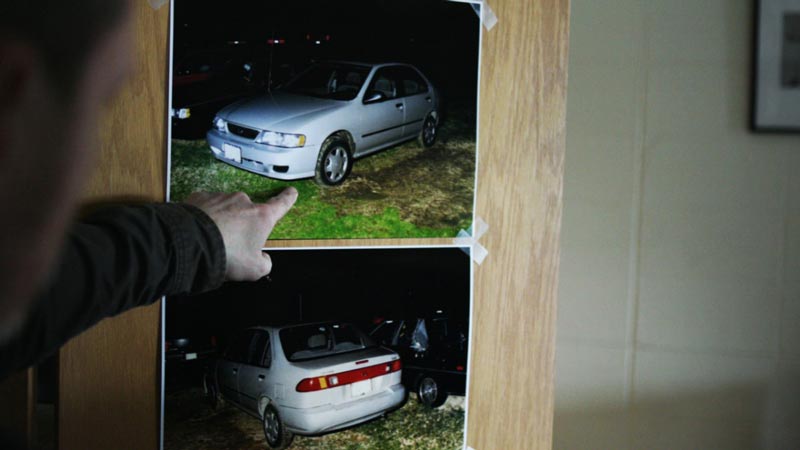
Can the grass beneath this silver Nissan Sentra establish a timeline of events that casts doubt on a nearly 20-year-old murder conviction? Photo courtesy of Erik Ervin
Last spring, I got a phone call from a British TV producer who said he needed the expertise of a turfgrass physiologist in regard to a murder that had occurred in the Baltimore area in 1999.
Turfgrass professors occasionally receive unsolicited — and sometimes wacky — calls for advice, so I was immediately on guard. When asked, the producer told me that Joe Roberts, Ph.D., turfgrass pathologist at the University of Maryland, had given him my name, as what the producer was actually in need of was a turf physiologist, not a pathologist. (Thanks, Joe!)
After I’d signed a nondisclosure agreement (NDA), the producer told me only the details of the case relevant to what he needed my help with. He purposely did not tell me the name of the case, or that it had been the subject of the enormously popular 2014 podcast “Serial” (downloaded more than 175 million times).
The case was the murder of 19-year-old Hae Min Lee, of which her ex-boyfriend Adnan Syed had been convicted and for which he is serving a life sentence in prison. The project was a documentary series for HBO titled “The Case Against Adnan Syed.”
Because I’d signed the NDA, I worked on the case without Googling it to get all the details. This allowed me to consult with objectivity, which I now appreciate given the high-profile nature of the case.
Here’s what I was told: We need your help trying to determine how long the victim’s car was parked in a grassy lot behind some row houses in Baltimore. The murder took place on Jan. 13, 1999, allegedly in the victim’s car. The car was found on Feb. 28, 1999. The filmmakers asked: Based on the provided weather data and the photo taken on Feb. 28, 1999 (above), is it your professional opinion that the car could have been in that spot for the entire 46 days?

Turf physiologist Erik H. Ervin, Ph.D., (center) on the final episode of HBO’s “The Case Against Adnan Syed.” The four-part documentary series aired in March 2019. Photo courtesy of HBO
I visited the grassy lot in June 2018 (shown in the second episode of the HBO series) and identified the main species in the area where the car had been found: perennial ryegrass, Kentucky bluegrass, tall fescue, white clover, broadleaf plantain, prostrate knotweed, common bermudagrass and dallisgrass. I dug up representative samples and grew them in trays in a growth chamber at the University of Delaware under low light (100 umol/square meter/day, 10-hour day length) at the average high and low temperatures for each day.
The idea was to get an initial determination of how many days the identified species would remain green. The photo indicates an abundance of green grass under the trunk area of the victim’s car (a silver Nissan Sentra), but only brown grass beneath the black car next to it. The black car had been in that spot far longer than 46 days. If the grass under the Sentra turned brown in less than 46 days, this would provide evidence that the car had been moved to that location sometime after the day of the murder, which would contradict a key witness’s statement and the prosecution’s theory that Syed had parked the car in the lot on the day of the murder.
In my simulation, all the cool-season species remained mostly green for 46 days, while the warm-season species turned brown. Temperatures in the area in January-February 1999 were mild, never staying below 32 F for consecutive days until Feb. 22 and 23. These cool — but not frozen — conditions resulted in very low but sustained respiration and photosynthesis of the cool-season species.


Scenes from “The Case Against Adnan Syed” on HBO. Photos courtesy of HBO
These results were not what the filmmakers were looking for — they wanted to find evidence that the car had been moved to the location a few days after Jan. 13. We again looked closely at the photo, and we noticed green leaf detritus in the tread of the back left tire of the Sentra, while the tire tread on the black car was completely clean (fourth episode of the series). If detached cool-season grass leaves could remain somewhat green under the simulated weather conditions for fewer than 46 days, this would again provide some evidence that the car had been moved to the location after Jan. 13.
I placed four detached blades each of perennial ryegrass, Kentucky bluegrass and tall fescue in plastic petri plates (replicated three times) and put them under the simulated temperature and light conditions used in the previous trial. They were also put through wetting and drying cycles per the reported 1999 rainfall days. Distinct but gradual loss of color (chlorophyll) was noted between days 33 and 46. This was enough for me to speculate that the car could have been moved to that location after Jan. 13, but I could not be certain.
Inability to be conclusive is a definite theme of the HBO docuseries. Now that I’ve listened to the “Serial” podcast and watched all four episodes of the series, it is apparent to me that there is enough information to cast reasonable doubt on Syed’s conviction. He should at least get another jury trial. Many who watch the series will note how little effort went into gathering and processing forensic evidence for his conviction. Syed and his family deserve a deeper dive into the forensic evidence, while Hae Min Lee’s family deserves more conclusive closure to her death.
Erik H. Ervin, Ph.D., is chairperson of the Department of Plant and Soil Sciences and a professor of turfgrass and horticultural systems at the University of Delaware in Newark, Del.